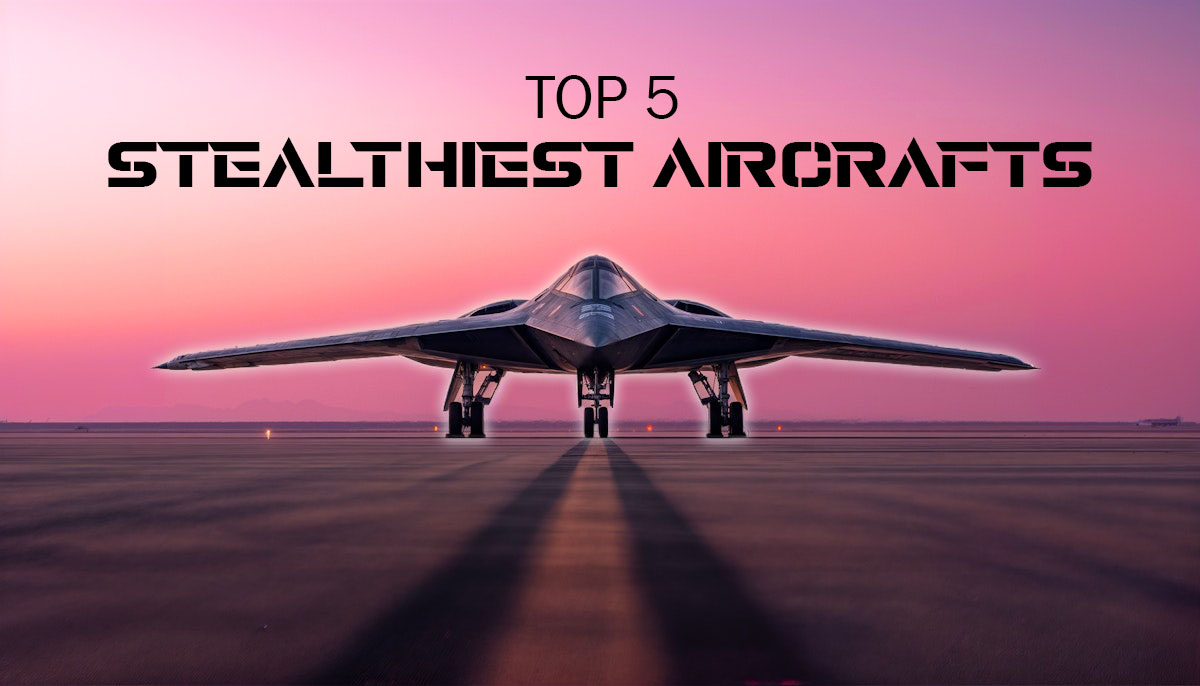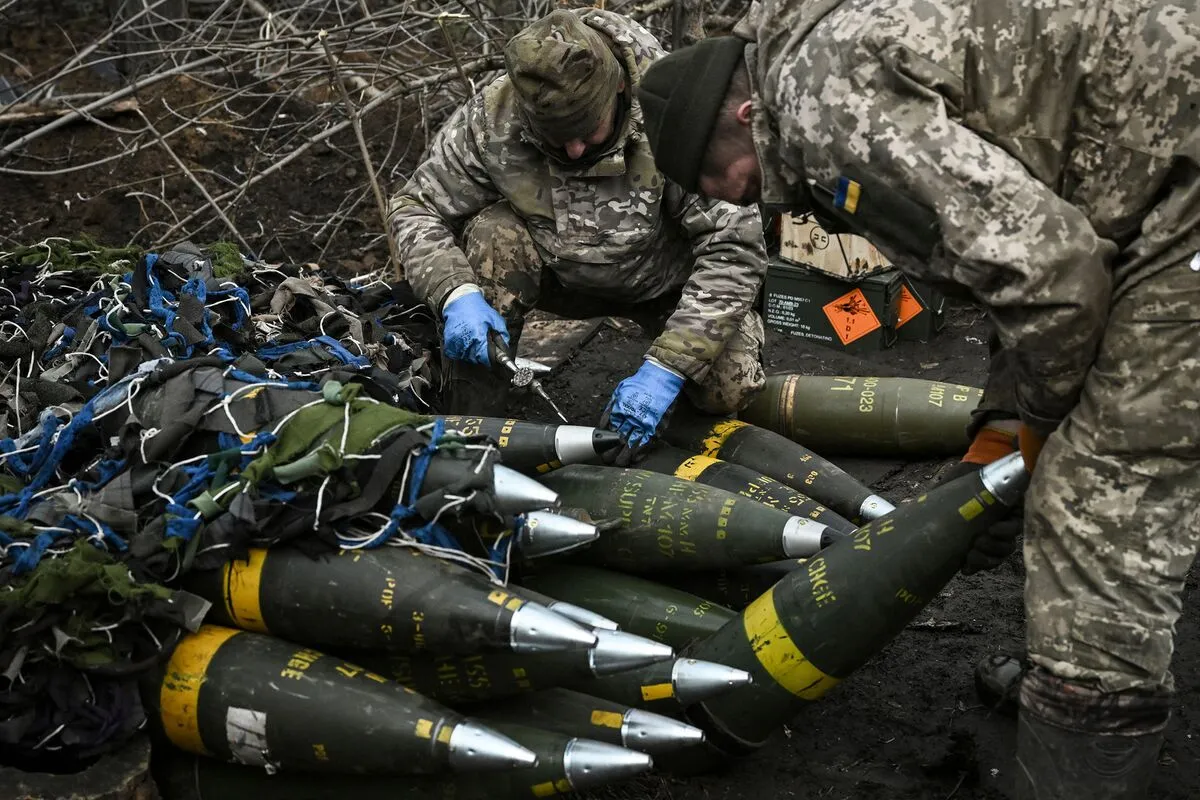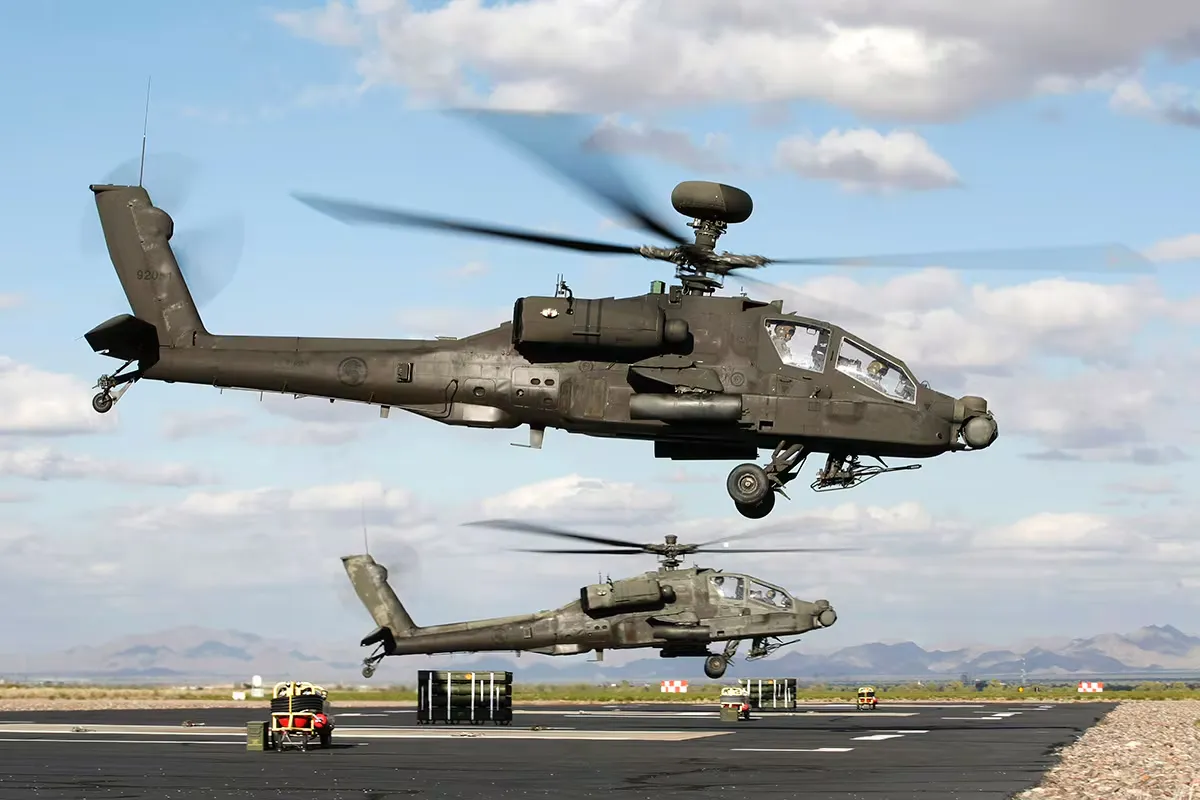The F-22 Raptor is a marvel of modern aviation, representing the pinnacle of fifth-generation fighter technology. Developed by Lockheed Martin for the United States Air Force, this stealth fighter jet combines unparalleled speed, agility, and cutting-edge avionics, making it a true air dominance platform. Its ability to engage and eliminate targets before being detected gives the Raptor a distinct advantage over any adversary in the skies. The F-22’s design is optimized for stealth, with radar-absorbing materials and internal weapons bays that reduce its radar signature, making it almost invisible to enemy radar.
For Pakistan, the F-22 serves as a benchmark of modern fighter technology. While Pakistan currently operates a mix of Chinese and Western aircraft, understanding the capabilities of the Raptor can help shape future procurement strategies and defense partnerships. The F-22’s supercruise capability, which allows it to fly at supersonic speeds without using afterburners, extends its range and improves fuel efficiency—an advantage that can change the outcome of long-range aerial engagements. Its advanced sensor fusion, which integrates data from multiple sources into a single picture, provides pilots with unmatched situational awareness and decision-making ability in combat.
As air warfare continues to evolve, the F-22 Raptor stands as a symbol of the future, where stealth, speed, and information dominance are key to success. While the F-22 remains exclusive to the U.S., its influence on global air forces is undeniable. Pakistan, aiming to enhance its own air capabilities, can study platforms like the F-22 to understand the technologies and doctrines shaping modern aerial combat. As tensions in the region persist, staying informed about such advancements is critical to ensuring Pakistan’s air force remains competitive in an increasingly complex strategic environment.





